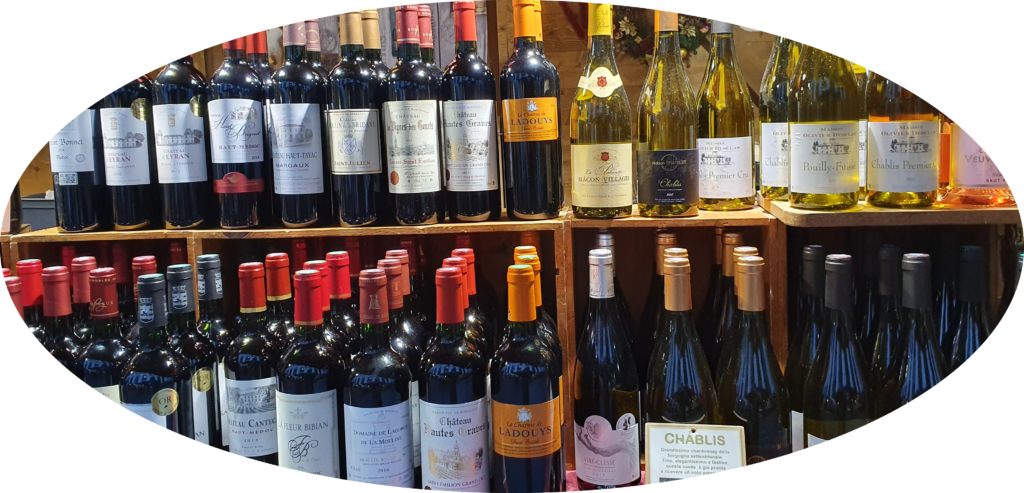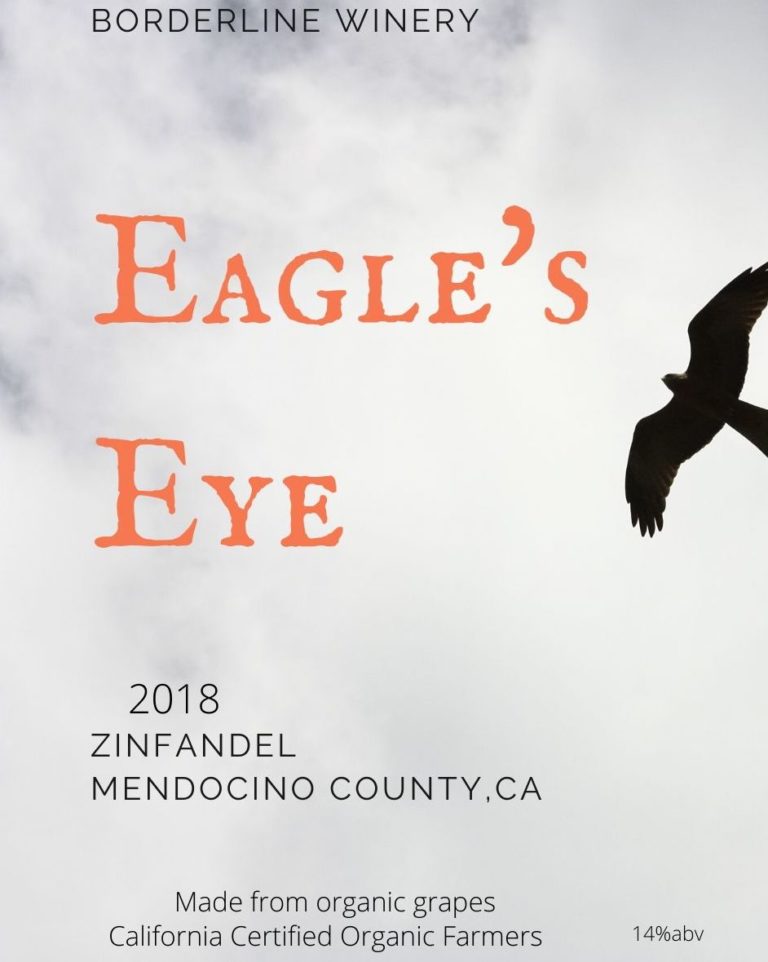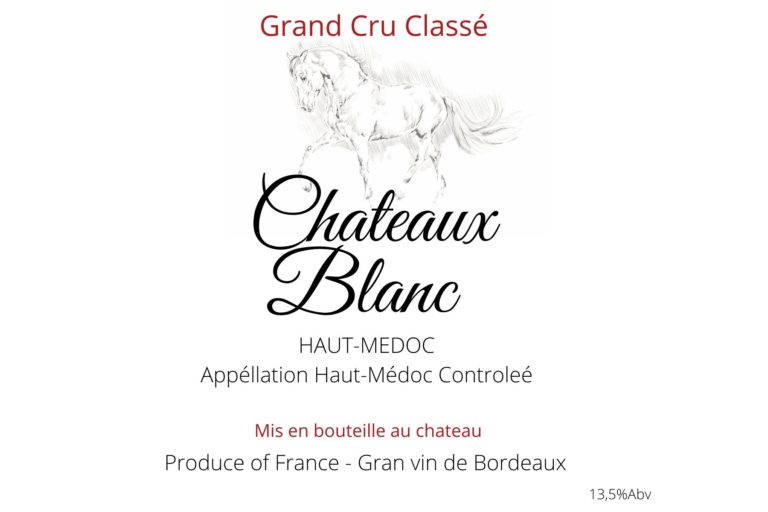We need to admit wine shopping can be very fun!
Sometimes it might even feel like you’re attending a school of foreign language.
And then you’re going back home feeling all proud cause your bottle has a 20-letter word (Trockenbeerenauslese is actually a word!), yet you didn’t realise you bought a super lusciously sweet wine!
It’s true that a wine’s label can be intimidating sometimes, but there are for sure certain things to look for that will indicate quality and eventually will resemble your preferred style.
Let’s start:

Producer/Brand name
That will usually be featured at the front label, with big font letters. It can be the name of the actual producer or a given brand name. Sometimes and for many people, a certain grape variety (Chardonnay, Merlot, Cabernet Sauvignon etc) or a certain geographic area can act as a brand, and will lead to purchases based on that. But this is obviously very subjective: “I like Cabernet Sauvignon so anything that has this grape is good quality for me, so I choose this bottle!” Ok!
Geographic Indication
Now this can give you a lot of information regarding your wine.
In general, each wine producing country has its own regulations and names for their wine regions. This indicates the area where the grapes were grown, where the wine was made and can imply the style, quality and flavour of it.
Starting from a broad region such as Bordeaux, California, South Australia, to more specific wine regions such as Medoc, Napa Valley or St. Helena, Barossa Valley or even single vineyards. As a general rule, the more you narrow down the geographic indication the higher the quality of the wine.
Knowing a bit of wine geography can take you a long way into identifying specific grapes that are permitted in the region, climate that affects the acidity for example, or permitted wine making techniques.
Grape variety
As a general rule, in the Old World wines (Europe), the grape varieties will not be indicated on the label. The geographic region will give you this information, eg: Chablis wine can only be made from Chardonnay grapes.
In the New World wines, the grape variety or varieties will be mentioned somewhere on the label.
Brace yourself! Sometimes you might see something like “Bordeaux style red” and then you will need to combine your knowledge and figure out that this wine is made from the typical Bordeaux grapes (Cabernet Sauvignon, Merlot, Cabernet Franc, Petit Verdot, Carmenere, Malbec) in various percentages. Go figure, really!
Vintage
This chronological indication reveals the year that the grapes were harvested. Again, as a general rule, the year of harvest can be important in wines that come from areas with big climatic changes from one year to another, like in Bordeaux for example. That will require some knowledge on the winds, the hail and the rainfalls in the area in the specific year. If you have nothing better to do…
The year can also help you decide whether the wine is too young, too old or just at the right time to drink.
On the occasion that there is no year (Non Vintage, NV) on the label, that will mean that grapes were sourced from various years in order to control the consistency of the final product.
ABV
Alcohol by Volume must be indicated on the label. On average, dry wine (white or red) will have an ABV of 11-15%. Under 11% might be an indication of sweet wine, as sugar remained unfermented, therefore there was less alcohol produced.


Other terms for style or productions techniques
Barrel-fermented is a term used to describe white wines that have undergone alcoholic fermentation in oak barrels. This is a labour-intensive and costly process and imparts balanced oak flavours upon the wine. Barrel-fermented whites are relatively common in Bordeaux and Rioja.
Barrel-aged indicates that the wine has been matured in oak barrels before bottling. Ageing times, type and age of oak will vary from region to region and producer to producer. New oak barrels impart the strongest oak flavours, whereas used barrels will lead to milder flavours.
Oaked is a more general term that indicates that the wine has had some contact with oak. This term is usually used for wines that have been matured in larger oak vessels, or for those that have been in contact with oak staves, chips or other additions. These additions are not used for premium wines and are most common in inexpensive, bulk production wines.
Organic wine is produced from grapes that have been grown without using any synthetic fertiliser or pesticide products. Each country has its own regulations and restrictions that fall under this term.
Biodynamic wine is a type of organic wine. Producers of biodynamic wine treat their vineyard, or farm, as a self-contained, living organism, and carry out vineyard work according to lunar cycles.
Unfined and unfiltered indicate that the wine has not undergone the process of fining and filtering, respectively. These terms may appear together, or not. These processes are used to remove haziness and sediment from the wine before bottling. Some producers feel that these processes can have a harmful effect on the wine, by removing its character or essence, and thus will choose to refrain from applying either or both. Wine that is unfiltered or unfined is more likely to have deposit or sediment and may require careful decanting.
Botrytis cinerea (“botrytis”, “noble rot”) is the naturally occurring fungus that is responsible for the sweet wines such as the ones of Sauternes. Wines labelled with this term will be sweet.
Cuvée is a French term that is used throughout the world to indicate a wine that comes from a specific blend or otherwise special selection. It is not an indication of quality.
Vieilles vignes (or old vines) is another French term, indicating that the wine has come from particularly old vines. Older vines tend to give lower yields and produce more concentrated fruit, and theoretically better quality wine. As the term has no legal definition, however, it is not a reliable indicator of quality.
Estate bottled wines are grown and produced in the same estate.
Contains sulfites is a legal indication that must be on the label if it exceeds 10mg/L. It can be an allergy trigger for asthmatic persons. If not added, sulphur occurs naturally in the vines either way.
